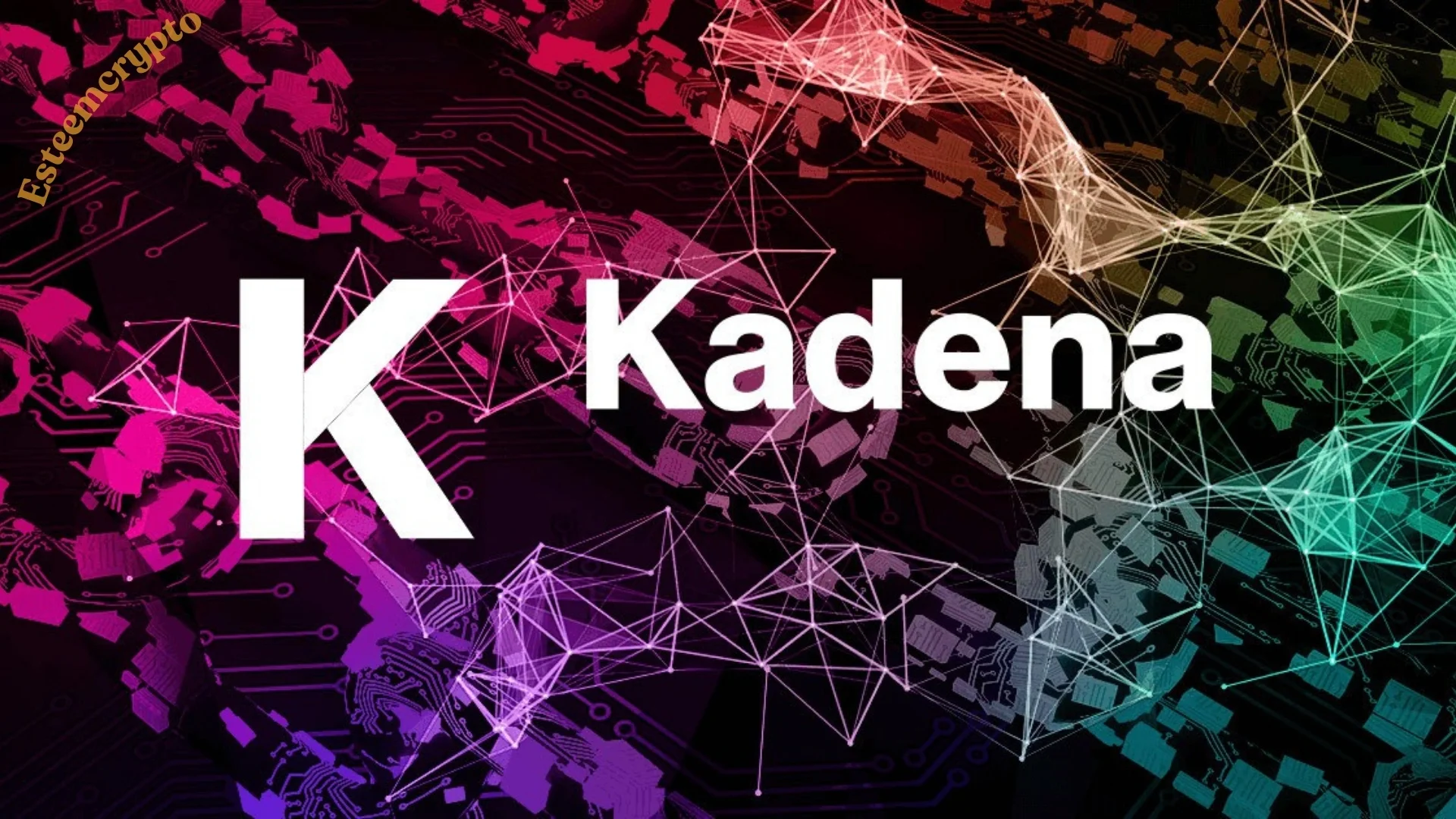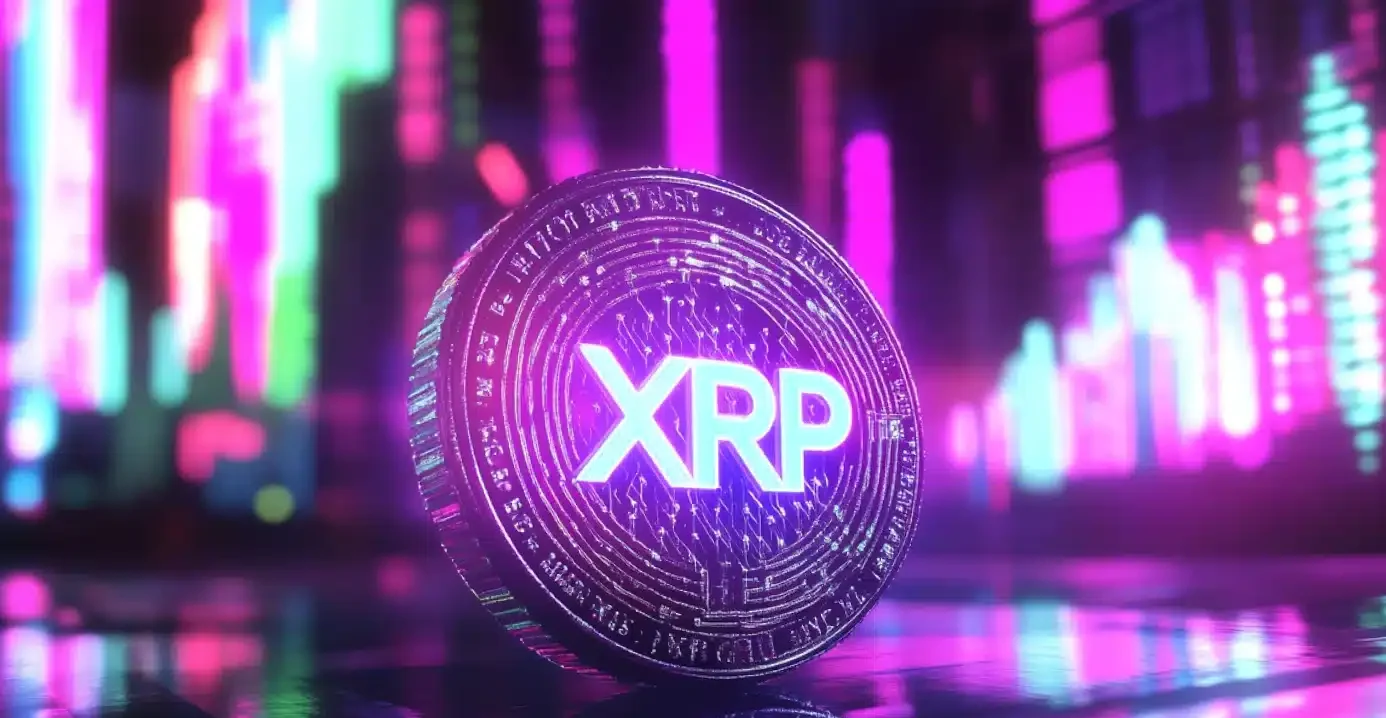7 Best Blockchain Platform Business Solutions That Dominate 2025

The blockchain platform landscape has evolved dramatically in 2025, with enterprise adoption reaching unprecedented levels across industries. As businesses increasingly recognize the transformative potential of distributed ledger technology, selecting the right blockchain business solutions has become crucial for competitive advantage. With the market projected to hit nearly $1,000 trillion by 2032, organizations must carefully evaluate blockchain platforms to ensure scalability, security, and seamless integration with existing business processes.
Enterprise blockchain solutions are no longer experimental technologies but essential infrastructure components driving digital transformation. From smart contracts automation to decentralized finance (DeFi) applications, modern blockchain development platforms offer comprehensive ecosystems that streamline operations while enhancing transparency and trust. The convergence of artificial intelligence, Internet of Things (IoT), and blockchain technology has created powerful synergies that enable innovative business models and revenue streams.
Industries like supply chain, healthcare, logistics, and finance now widely adopt blockchain for its capacity to enhance transparency and streamline business processes. The key differentiators in 2025 revolve around interoperability, energy efficiency, and regulatory compliance capabilities. Organizations seeking blockchain adoption must consider factors such as consensus mechanisms, transaction throughput, development tools, and community support when evaluating potential platforms.
This comprehensive analysis examines seven blockchain platform business solutions that dominate the 2025 landscape, providing detailed insights into their unique features, use cases, and strategic advantages. Whether you’re exploring permissioned blockchain networks for enterprise applications or public blockchain solutions for global reach, understanding these platforms’ capabilities will inform your blockchain strategy and implementation roadmap.
1. Ethereum: The Pioneer of Smart Contract Platforms
Revolutionary Smart Contract Ecosystem
Ethereum continues to lead the blockchain platform revolution in 2025, maintaining its position as the premier smart contracts infrastructure. The platform’s transition to Ethereum 2.0 with Proof-of-Stake consensus has dramatically improved energy efficiency while maintaining robust security standards. Ethereum’s blockchain network processes millions of transactions daily, supporting thousands of decentralized applications (dApps) across diverse industries.
The Ethereum Virtual Machine (EVM) provides a standardized runtime environment that enables seamless smart contract deployment and execution. Developers benefit from comprehensive toolsets including Solidity programming language, Remix IDE, and extensive libraries that accelerate blockchain development. The platform’s mature ecosystem supports complex DeFi protocols, non-fungible tokens (NFTs), and enterprise-grade applications with proven scalability solutions.
Enterprise Integration Capabilities
Enterprise blockchain solutions on Ethereum leverage private networks and consortium models for sensitive business applications. The platform’s interoperability features enable seamless integration with existing enterprise systems through APIs and middleware solutions. Organizations utilize Ethereum’s permissioned blockchain variants for supply chain management, identity verification, and regulatory compliance applications.
2. Hyperledger Fabric: Enterprise-Grade Permissioned Network
Modular Architecture for Business Applications
Hyperledger Fabric represents the gold standard for enterprise blockchain platforms, offering unparalleled flexibility through its modular architecture. The commercial distribution of the Hyperledger Fabric is marketed as the IBM blockchain platform, providing enterprise-grade support and development tools. The platform’s permissioned network model ensures complete control over participant access and data privacy.
The consensus mechanisms in Hyperledger Fabric support various business requirements, from single-organization deployments to complex multi-party networks. Smart contracts, called chaincode, execute in isolated containers, providing enhanced security and performance optimization. The platform’s pluggable components allow organizations to customize cryptographic algorithms, consensus protocols, and membership services according to specific compliance requirements.
Industry-Specific Solutions
Blockchain business solutions built on Hyperledger Fabric address critical challenges in healthcare, finance, and government sectors. The platform’s fine-grained access controls and audit trails meet stringent regulatory requirements while maintaining operational efficiency. Organizations implement supply chain transparency, trade finance automation, and digital identity management solutions using Fabric’s robust infrastructure.
3. Binance Smart Chain (BSC): High-Performance DeFi Platform
Optimized for Decentralized Finance
Binance Smart Chain has emerged as a dominant force in decentralized finance, offering high-throughput transaction processing at minimal costs. The platform’s dual-chain architecture provides seamless asset transfers between Binance Chain and BSC, enabling sophisticated DeFi protocols and yield farming strategies. BSC’s blockchain network processes over 3 million transactions daily with consistent sub-second confirmation times.
The BNB token serves as the native cryptocurrency for transaction fees and network governance, creating sustainable economic incentives for validators and developers. Smart contract compatibility with the Ethereum Virtual Machine ensures easy migration of existing dApps while benefiting from BSC’s superior performance characteristics. The platform supports advanced DeFi applications, including automated market makers, lending protocols, and synthetic asset platforms.
Developer Ecosystem and Tools
Blockchain development platforms benefit from BSC’s comprehensive developer resources, including detailed documentation, SDK libraries, and testing environments. The platform’s low barrier to entry and minimal transaction costs have attracted thousands of developers building innovative blockchain applications. Cross-chain interoperability features enable seamless asset transfers and smart contract interactions across multiple networks.
4. Solana: Ultra-Fast Blockchain for Scalable Applications

Revolutionary Consensus Innovation
Solana distinguishes itself through the innovative Proof-of-History consensus mechanism, achieving unprecedented transaction throughput of over 65,000 transactions per second. The platform’s blockchain architecture eliminates traditional bottlenecks through parallel transaction processing and optimized validator networks. Solana’s blockchain platform maintains decentralization while delivering performance comparable to centralized systems.
The programming model utilizes Rust and C programming languages, attracting experienced developers seeking high-performance blockchain development. Smart contracts on Solana benefit from predictable execution costs and minimal latency, enabling real-time applications previously impossible on other blockchain networks. The platform’s native SOL token facilitates network security through staking while providing governance rights to community members.
Web3 and NFT Ecosystem
Solana’s blockchain ecosystem has become a hub for Web3 innovation, supporting major NFT marketplaces, gaming platforms, and social applications. The platform’s low transaction costs and fast confirmation times create seamless user experiences essential for mainstream blockchain adoption. Decentralized applications on Solana range from high-frequency trading platforms to metaverse environments requiring real-time interactions.
5. Polygon: Ethereum Scaling Solution and Multi-Chain Platform
Layer 2 Scaling Innovation
Polygon addresses Ethereum’s scalability challenges through innovative Layer 2 solutions while maintaining full EVM compatibility. The platform’s multi-chain architecture supports various scaling technologies, including Polygon PoS, zkEVM, and Polygon Edge for enterprise deployments. Polygon’s blockchain network processes millions of transactions at t fraction of mainnet costs while ensuring security through Ethereum’s underlying infrastructure.
The MATIC token serves multiple functions, including transaction fees, staking rewards, and governance participation, creating aligned incentives for network security. Smart contract developers seamlessly deploy existing Ethereum applications on Polygon without code modifications, benefiting from instant finality and predictable costs. The platform’s interoperability features enable fluid asset transfers and cross-chain DeFi interactions.
Enterprise and Gaming Focus
Polygon’s blockchain platform has gained significant traction in gaming and enterprise sectors, offering white-label solutions and custom blockchain networks. Major brands utilize Polygon for loyalty programs, supply chain tracking, and digital asset management while maintaining cost efficiency. The platform’s SDK tools and development frameworks simplify blockchain integration for traditional businesses exploring distributed ledger technology.
6. Cardano: Research-Driven Sustainable Blockchain
Academic Foundation and Formal Verification
Cardano represents a research-first approach to blockchain development, utilizing formal verification methods and peer-reviewed protocols. The platform’s Ouroboros proof-of-stake consensus mechanism achieves energy efficiency while maintaining robust security guarantees. Cardano’s blockchain architecture implements a unique UTXO model that enables parallel transaction processing and enhanced privacy features.
The Plutus smart contract platform provides functional programming capabilities with mathematical precision, reducing smart contract vulnerabilities common in other platforms. Cardano’s native tokens feature enables asset creation without smart contracts, reducing complexity and transaction costs for simple tokenization use cases. The platform’s governance model empowers ADA holders to vote on protocol upgrades and treasury allocations.
Sustainability and Social Impact
Cardano’s blockchain ecosystem emphasizes sustainability and social impact applications, particularly in developing regions. The platform’s partnerships with governments and educational institutions demonstrate real-world blockchain adoption beyond speculative finance. Identity management, supply chain verification, and micropayment systems built on Cardano address fundamental infrastructure challenges in emerging economies.
7. Avalanche: Interoperable and Scalable Blockchain Network

Subnet Architecture for Custom Applications
Avalanche introduces innovative subnet technology enabling custom blockchain networks tailored for specific applications while maintaining interoperability. The platform’s consensus protocol achieves sub-second finality with thousands of validators, ensuring both decentralization and performance. Avalanche’s blockchain platform supports multiple virtual machines, including EVM, enabling seamless smart contract deployment from Ethereum and other platforms.
The AVAX token facilitates network security through staking while serving as the primary medium of exchange across subnets. Avalanche’s architecture enables institutional blockchain solutions through permissioned subnets that maintain compliance requirements while benefiting from the broader network’s security. The platform’s cross-chain capabilities enable seamless asset transfers and DeFi interactions across multiple blockchain ecosystems.
Enterprise and DeFi Integration
Enterprise blockchain applications on Avalanche leverage subnet customization for industry-specific requirements while maintaining global interoperability. The platform’s high-throughput capabilities support complex DeFi protocols, including automated market makers, lending platforms, and derivatives trading. Avalanche’s ecosystem continues expanding through strategic partnerships with traditional financial institutions exploring blockchain integration.
Key Factors When Choosing Blockchain Platform Business Solutions
Technical Considerations
Blockchain platform selection requires careful evaluation of consensus mechanisms, transaction throughput, and smart contract capabilities. Organizations must assess scalability requirements, energy efficiency, and interoperability needs when comparing platforms. Development tools, documentation quality, and community support significantly impact implementation timelines and ongoing maintenance costs.
Security auditing, formal verification, and vulnerability management processes vary significantly across blockchain platforms. Enterprise blockchain solutions must maintain regulatory compliance while providing audit trails and access controls required for business applications. Performance benchmarks, including transaction latency, throughput limits, and cost predictability, influence platform suitability for specific use cases.
Business and Strategic Factors
Blockchain adoption strategies must align with organizational goals, risk tolerance, and technical capabilities. Total cost of ownership includes development expenses, transaction fees, infrastructure requirements, and ongoing maintenance costs. Vendor ecosystem, partner integrations, and professional services availability impact implementation success and long-term sustainability.
Market position, community governance, and protocol roadmaps influence platform longevity and feature evolution. Regulatory positioning, compliance tools, and industry certifications become increasingly important for enterprise blockchain deployments. Migration pathways, data portability, and exit strategies provide important risk mitigation options for organizations committing to specific platforms.
Future Trends in Blockchain Platform Business Solutions
Emerging Technologies Integration
Blockchain platforms increasingly integrate with artificial intelligence, Internet of Things, and quantum-resistant cryptography to address next-generation business requirements. Zero-knowledge proofs, homomorphic encryption, and secure multi-party computation enhance privacy while maintaining blockchain transparency. Edge computing integration enables real-time blockchain applications with minimal latency requirements.
Interoperability protocols and cross-chain bridges continue evolving to create seamless multi-blockchain ecosystems. Central bank digital currencies (CBDCs) and stablecoins integrate to provide fiat connectivity essential for mainstream blockchain adoption. Sustainability initiatives and carbon-neutral consensus mechanisms address environmental concerns while maintaining security standards.
Also Read: Blockchain Development Company Rates 2025 Pricing Guide & Cost Factors
Regulatory and Compliance Evolution
Blockchain regulation continues maturing globally, with compliance frameworks emerging for enterprise blockchain deployments. Privacy-preserving technologies enable regulatory compliance while maintaining blockchain benefits, including transparency and immutability. Digital identity standards and verifiable credentials create trusted blockchain ecosystems suitable for government and financial services applications.
Conclusion
The blockchain platform landscape in 2025 offers diverse solutions addressing specific business requirements from enterprise permissioned networks to high-performance public blockchains. Ethereum maintains its leadership in smart contracts and DeFi applications, while Hyperledger Fabric dominates enterprise blockchain solutions with robust privacy controls.
High-throughput platforms like Solana and Binance Smart Chain enable real-time applications, while Polygon and Avalanche provide scaling solutions and interoperability. Cardano’s research-driven approach offers sustainable blockchain infrastructure for long-term applications.
Organizations must carefully evaluate technical capabilities, development ecosystems, compliance requirements, and strategic alignment when selecting blockchain platform business solutions for their digital transformation initiatives. Success requires understanding each platform’s unique strengths, limitations, and roadmap alignment with business objectives to maximize blockchain adoption benefits while minimizing implementation risks.




